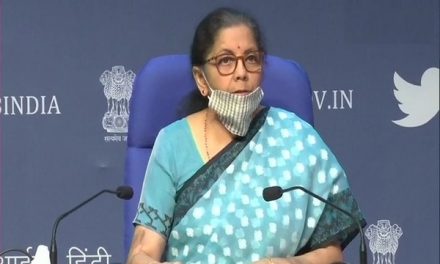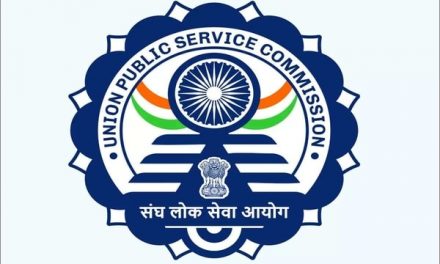The Union Ministry of Finance announced on August 24, 2020, that now businesses with an annual turnover of up to Rs 40 lakh will be GST exempt. The Ministry added that those with a turnover up to Rs 1.5 crore can opt for the Composition Scheme and pay only 1 percent tax.
Earlier, only businesses with an annual turnover of Rs 20 lakh were exempted from GST tax. The Finance Ministry made the announcement through a series of tweets on the occasion of the first death anniversary of former Finance Minister Arun Jaitley.
Now, Businesses with an annual turnover of up to Rs 40 lakh are GST exempt. Initially, this limit was Rs 20 lakh. Additionally, those with a turnover up to Rs 1.5 crore can opt for the Composition Scheme and pay only 1% tax. (1/5) pic.twitter.com/Jy589R1qNV
— Ministry of Finance (@FinMinIndia) August 24, 2020
According to the Finance Ministry, the taxpayer base has almost doubled since the introduction of GST. When GST came into force, the number of assessees covered by GST at that time was around 65 lakhs, which has now increased to over 1.24 crore. Also, all processes in GST are fully automated.
On the first death anniversary of former Finance Minister Arun Jaitley, the Finance Ministry said that before GST, value-added tax (VAT), excise and sales tax had to be paid. These collectively led to the standard tax rate of 31 percent. The ministry said, ‘It is now widely believed that GST is favorable to both consumers and taxpayers. Prior to GST, people were encouraged to pay taxes due to the high rate of tax. But lower rates under GST have increased tax compliance.
Once GST was implemented, the tax rate on a large number of items was brought down. As of now, the 28 percent rate is almost solely restricted to sin and luxury items. Out of a total of about 230 items in the 28 percent slab, about 200 items have been shifted to lower slabs, the ministry said.
Also, the housing sector has been placed in the 5 percent slab, while GST on affordable housing has been reduced to 1 percent. All processes in GST have been fully automated. Till now 50 crore returns have been filed online and 131 crore e-way bill generated, the Ministry added. Before goods and services tax (GST), the combination of value-added tax (VAT), excise, sales tax, and their cascading effect resulted in a high standard rate of tax up to 31 percent, the ministry tweeted. It is now widely acknowledged that GST is both consumer and taxpayer-friendly. While the high tax rates of the pre-GST era acted as a disincentive to paying tax, the lower rates under GST helped to increase tax compliance, the ministry said. The number of assessments covered by the GST at the time of its inception was about 65 lakh. Now the assessee base exceeds 1.24 crore.











